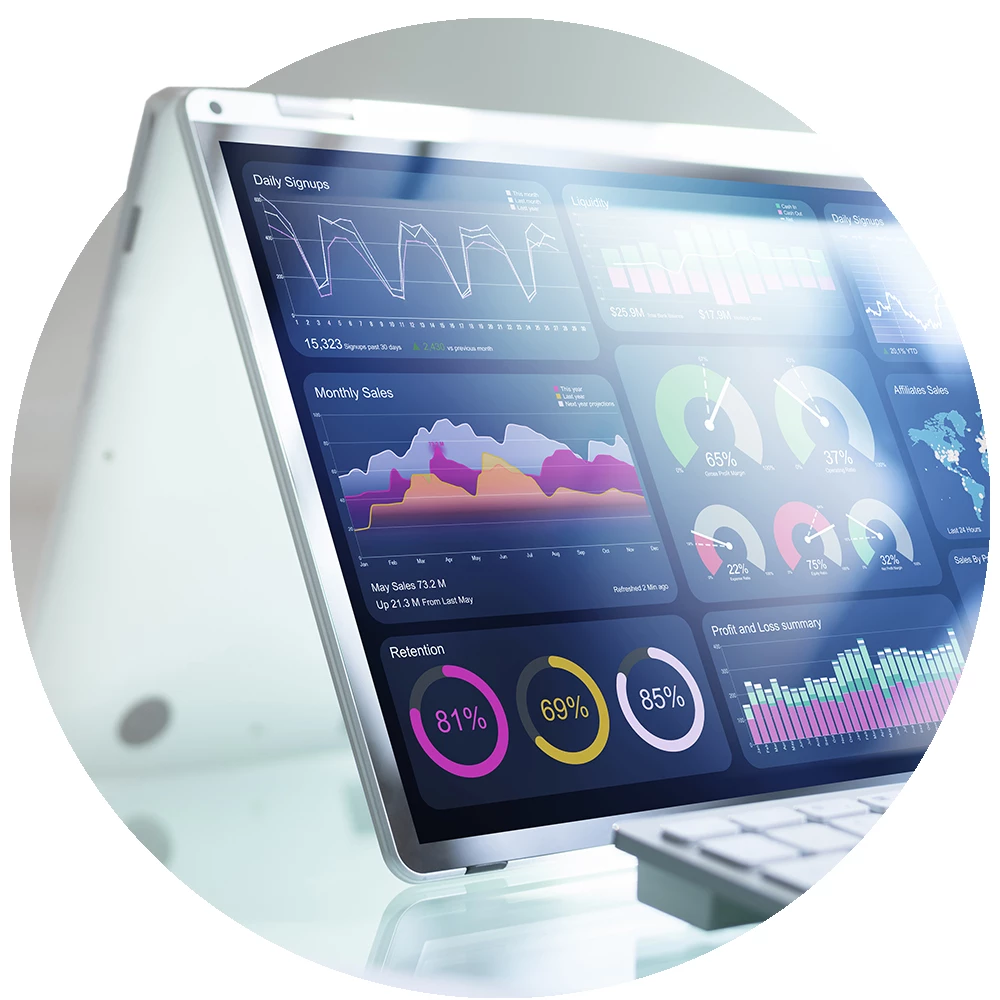Digital learning isn’t a format traditionally renowned for innovation, nor for high engagement and impact. Truth be told, in many ways we are still tied to the click next, tick box, tune-in-and-zone-out low standards that learners have come to expect and are regularly forced to complete.
And why is it this way? Well, as a designer of off-the-shelf eLearning, I have limited access to the learners who consume my courses: there is minimal opportunity to tailor content to meet their individual needs, and I’m unlikely to know whether my work makes an impact on them.
So, am I doomed to fail? Quite the opposite. I believe that with the right approach I can make a huge difference to the performance of professionals, regardless of their role, organisation, or industry.
It’s actually the challenges inherent in digital learning – and off-the-shelf courses in particular – that make me excited for the future. Low expectations and engagement levels actually provide the opportunity to exact real change. And it starts with a change in approach.
Off-the shelf courses should be considered starting points with learners under no illusion that a ‘one and done’ 45-minute solution will turn them into experts in a particular area. And it’s within these constraints that we create a perfect setting for digital solutions that make a difference.
Let me explain
Constraints provide a reality check, reminding us that there are limitations to what one-off, out-of-context learning interventions can achieve. If we rethink what digital learning is capable of, we can create an experience greater than the sum of its parts.
Now, don’t get me wrong
Some learning can absolutely be achieved in a more traditional eLearning format. If you need people to understand where your fire exits are or how to avoid bribery and corruption, as long as you choose modern, engaging eLearning content, you can continue as you are.
But for behavioural change? Those areas like inclusivity or time management where change on a holistic level is required? Enter think pieces.
But what does that look like in reality?
Picture a course where you’re told for 30 minutes why biases in the workplace are bad. We’ve all done them, right?
Now, how about a ‘think piece’ where you review the last email you sent to check whether its full of unfounded assumptions? Or an interaction relating to running effective meetings that provides you with a digital checklist for evaluating a meeting you have scheduled later that day?
Many providers boast solutions that encourage ‘learning in the flow of work’ but don’t deliver. Learning in the flow really needs to mean the think piece is designed specifically to sit alongside the tasks a person is already doing.
Learning should not be disruptive, in the sense of pulling a person away from their job to do something they don’t want to do. Instead, it should be drawn upon at the point of need for the learner, designed to allow application of learning immediately, and having an impactful practical application. I refer to these kinds of interventions as ‘think pieces’ because the point is for a learner to take stock of what they’re doing right now, or are about to do, and with a wider perspective, do it even better.
Missing the point
There’s a lot of focus on bite-sized learning as the solution to unengaging learning – and I agree that learners shouldn’t be put through dull learning any longer than possible. But if we’re just cutting the learning up into smaller pieces, Learning Designers are just tinkering at the edges and not creating meaningful experiences. Instead, how about we aim higher by introducing think pieces that bridge the gap between resources and courses and create meaningful and immediately practical learning experiences?
Written by Claire Moloney Claire is an enthusiastic and meticulous content writer whose passion is to support growth and continual learning for everyone.


